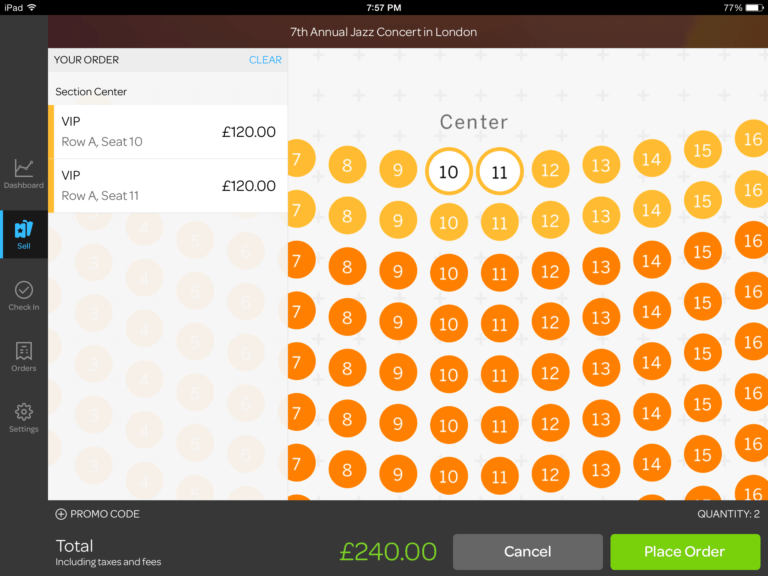Teen credit cards may offer convenience, but there are risks involved, too.
In the long-running sitcom Happy Days, Ralph, Potsie, and Richie had their hands full dealing with school, friends, and social activities. Throwing each of them a credit card would've put a whole new slant on those happy high school years.
Credit card issuers are reaching out to teenagers and their parents with youth-friendly credit card products. Whether it's a prepaid card, or one associated with mom's account, these companies say that their products offer teens an early life lesson in financial management. While this may be true, there are also some pitfalls associated with handing a teenager a valuable piece of plastic.
Upside of teen credit cards
- Convenience. Teens armed with a credit card don't have to carry cash, and don't need to ask mom and dad for money. Having a credit card also gives them more flexibility to handle emergencies, such as car breakdowns.
- Control. All purchases made on the card show up on the statement, so parents know exactly where the money is going. The paper trail created by the credit card is likely to discourage teens from charging things that they may not be allowed to have, like beer and cigarettes.
- Experience. Teens will be faced with daily spending decisions. If they don't learn how to say no to spending, their credit will eventually be maxed out and cut off. Hands-on parents can use the monthly statements to teach teens about the costs of debt and the complexities of revolving credit.
Downside of teen credit cards
- Ease of spending. Teen credit cards are as universally accepted as conventional credit cards. If a cardholder goes on a spending rampage, parents may not know about it until several weeks after the charges have been made. They can mitigate this risk by setting up the card with a low credit limit.
- Lessons not learned. If parents don't monitor the spending and take action as necessary, the teen may not feel the true effects of buying on credit. This can be the most damaging outcome of allowing a teenager to use plastic-a teenager who faces no consequences for undisciplined spending will become an adult who uses credit to buy things that she can't afford.
Ultimately, the responsibility falls on parents to ensure that the credit card is teaching their teen the right lessons about budgeting, spending discipline, and debt management. As long as parents set and enforce the rules, a small amount of credit leeway can help teens learn that credit card purchases represent money spent, just as cash purchases do.
While Richie Cunningham needed money only for an occasional meal at Al's Diner, life for today's teen is far more complicated. Nowadays, they can learn positive lessons from early exposure to credit, but only when mom and dad are involved in the process.





